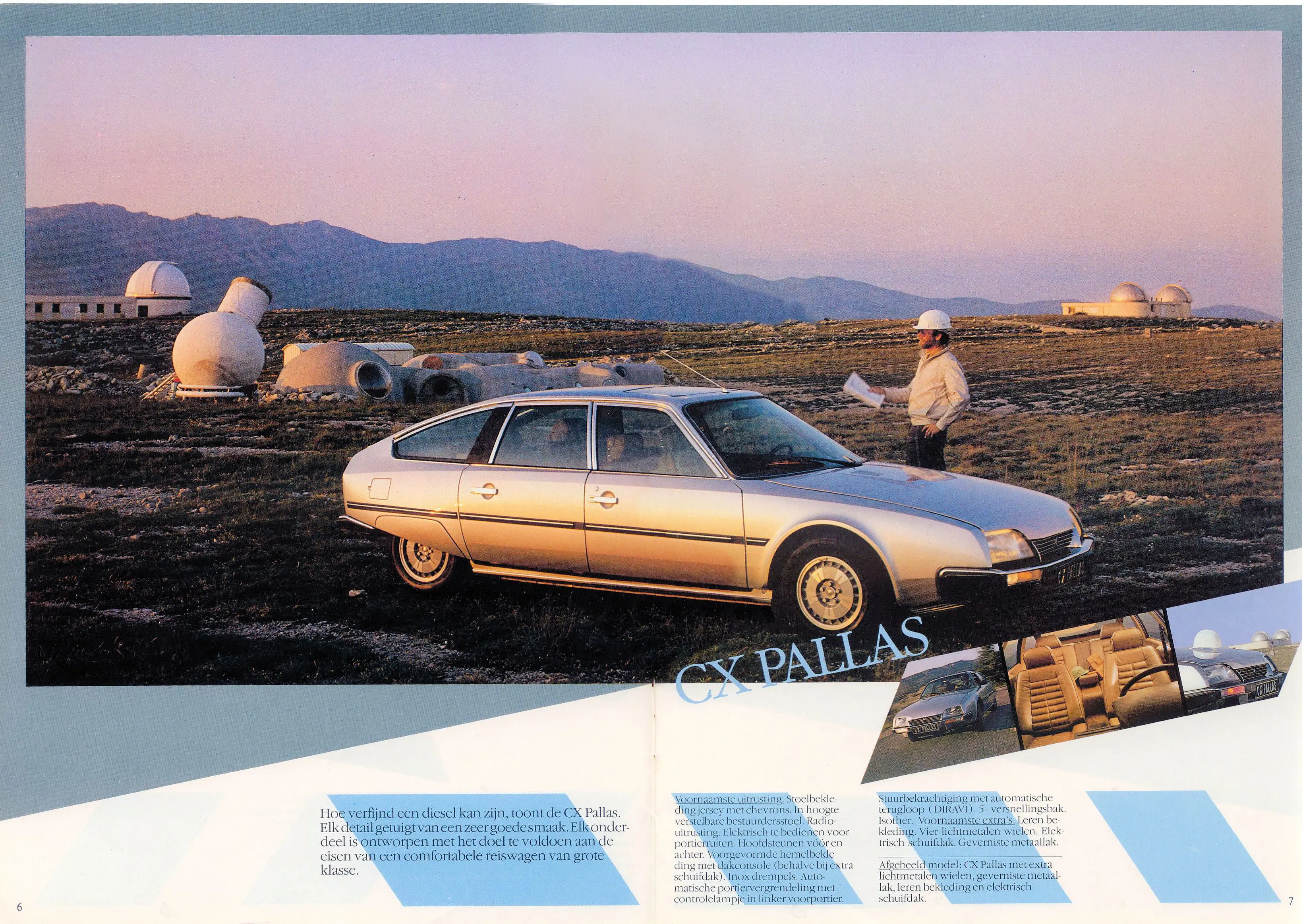Classic Cars – An Ongoing Story
22 January 2024
Of all the automotive anniversaries that will be taking place this year, the one that stuns me the most is that the Citroen CX will be celebrating its half-century. I was aged about five when I saw my first example, and to say I was mesmerised was somewhat of an understatement. In Southampton in the mid-1970s, where every taxi appeared to be either a Hillman Hunter or a Morris Oxford Series VI - and where red & cream Guy Arab double-deckers were still just about in service - the CX seemed to represent a parallel universe.

Other readers of my vintage will have similar memories about seeing their first VW Scirocco, VW Golf, Alfa Romeo Alfetta GT Coupe, Volvo 240, or Fiat 131. You might have equally marvelled at seeing pictures of a Lamborghini Countach or a Panther De Ville in Motor or Autocar. But fifty years ago, there were also people muttering into their tweed jackets about how such cars would never be as 'classic' as a Bullnose Morris or an Austin Seven Ruby.
Such attitudes, alas, sometimes pervade today, despite the fact that the classic car community has an infinite scope for growth. At the age of 24, I regarded a 1963 Ford Consul-Cortina Super as a fascinating machine, one that was aged six years older than myself. In 2024, an enthusiast of the same age may have the same feelings about a 1993 Ford Mondeo 1.8GL. They might also be drawn to a 2000 Rover 75, a vehicle from their year of birth - the equivalent for me would be encountering a Rover P6 Three Thousand Five.
In short, every old car tells a story - of the motor industry, of its intended markets, and of the people who owned it when new and who cherish it now. This applies as much to a 2002 Kia as it does to a 1972 Vauxhall Ventora FE as to a 1962 Morris 1100. And who watching Genevieve on its initial release in 1953 would have predicted that many of the 'modern' background cars, such as the Austin A70 Hereford, would one day be as collectible as the veteran machinery?
The classic car story is an ongoing one - long may it remain so.
